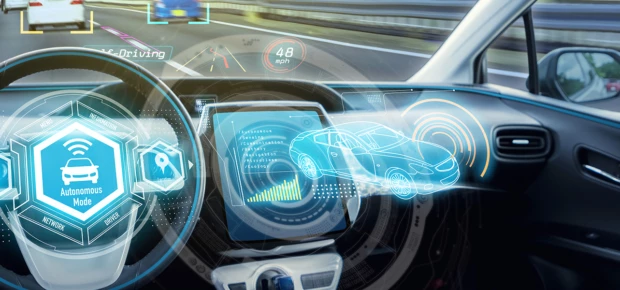
Member Article
Transhumanism 2050 – paving the way forward for humanity
To a certain degree, humanity has been defined by the tools that it’s built. Until about the 18th century, tools were primarily an extension of the human body, fueled by literal manpower – levers could trade displacement for strength, but ultimately human power was limited to muscular power.
Toward the end of the 19th century, electricity provided a new source of energy that was easier to control and utilise, and which had broader applications; consequently, electricity became the dominant way to manufacture products, including tools.
Then, in the latter half of the 20th century, humanity entered the Computer Age, wherein computers served to improve humanity’s reasoning and thinking capabilities – a truly new kind of tool for the time.
Now, only two decades into the 21st century, humanity has entered the Digital Age – an era defined by self-evolution and the seamless integration of digital tools with human beings themselves.
Consider embedded Internet of Things (IoT) devices, such as sensors designed to monitor chronic pathologies that work with smart drug dispensers to monitor and treat humans through the provision of medication. Symbiotic systems comprised of man and machine that operates autonomously, as well as those comprised of multiple technologies, are set to shape humanity’s future, much like the tools of yesteryear did for previous eras.
The IEEE Symbiotic Autonomous Systems (SAS) Initiative, comprised of the world’s foremost leaders in autonomous and intelligent systems, aims to take a prominent role in fostering consensus on how to best bring about symbiotic relationships between autonomous systems.
SAS and its partners will pave the way for a new field of symbiotic systems science to consolidate and advance technological expertise with a particular emphasis on ethical, societal and legal implications, and with the objective to promote human-centric economic growth.
Looking ahead to 2050, SAS will continue to examine symbiotic autonomous systems, including the various technologies at play, their verticals and how advances in this emerging area will change the world.
This was posted in Bdaily's Members' News section by IEEE .




 test article 123456789
test article 123456789
 hmcmh89cg45mh98-cg45hm89-
hmcmh89cg45mh98-cg45hm89-
 test456456456456456456
test456456456456456456
 test123123123123123123
test123123123123123123
 test xxxdiosphfjpodskhfiuodsh
test xxxdiosphfjpodskhfiuodsh
 Savour the flavour: North Tyneside Restaurant Week returns for 2024
Savour the flavour: North Tyneside Restaurant Week returns for 2024
 Six steps to finding the right buyer for your business
Six steps to finding the right buyer for your business
 Stephen signs off on a special night
Stephen signs off on a special night
 Life’s a Peachaus: Gillian Ridley Whittle
Life’s a Peachaus: Gillian Ridley Whittle
 Making a splash: Phil Groom
Making a splash: Phil Groom
 Making workplace wellbeing a priority
Making workplace wellbeing a priority
 A record of delivery, a promise of more: Ben Houchen
A record of delivery, a promise of more: Ben Houchen